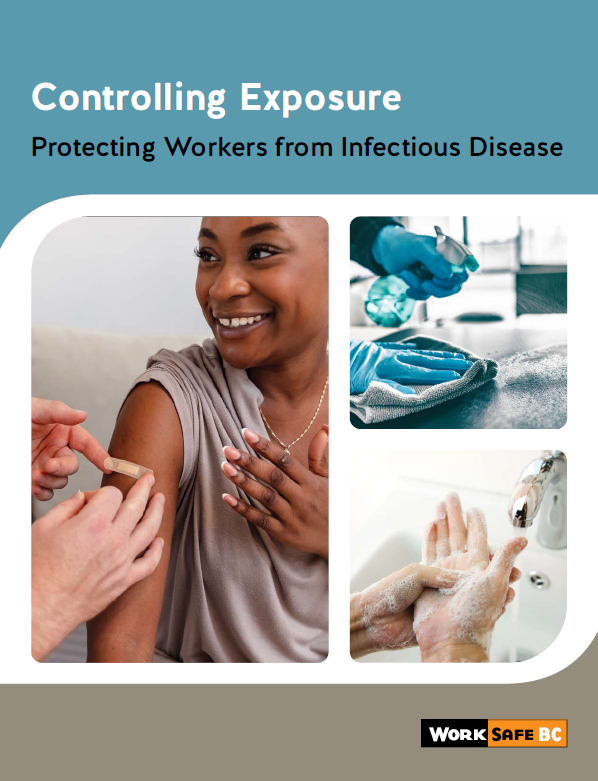Norovirus
More people get norovirus than any other viral infection, besides the common cold. Noroviruses are quite contagious and spread easily from person to person. They are often caused by contaminated food or drink. Illness usually lasts about 2 to 3 days. Good cleaning practices, self-isolation of symptomatic people, and frequent handwashing can prevent norovirus.
- Who's at risk?
- How to reduce the risks
- Resources
Who's at risk?
Norovirus includes the Norwalk virus. Norovirus is spread by touching contaminated surfaces or body fluids and then touching your mouth, or by eating foods or drinking liquids that are contaminated with the virus.
Examples of worksites that may be high risk include:
- Long-term care facilities
- Hospitals
- Schools
- Child care centres
- Summer camps
- Restaurants
- Cruise ships
How to reduce the risks
You can combat norovirus by washing your hands after using the toilet, changing diapers, or before preparing food. If water is not available, use an alcohol-based hand rub. Regularly clean and disinfect working surfaces, including food preparation areas.
If a worker or workers could be exposed to norovirus, the employer must develop and implement an exposure control plan (ECP). This plan must identify the workers at risk of exposure and the controls required to protect those workers. These will be unique to each worksite and work environment. When choosing risk controls, consider the following questions.
-
1
Administrative controls
This type of control involves changing work practices and policies. Some questions to consider:
- Are workers washing their hands at appropriate times?
- Are all work surfaces being disinfected frequently with a solution of bleach and water that is mixed daily?
- Are workers with symptoms being instructed to stay at home until they have been symptom-free for 48 hours?
- Have work practices been changed to minimize the amount of personal contact between workers and sick people?
-
2
Personal protective equipment (PPE)
This is the least effective type of control. When used, there must always be at least one other control in place as well. A question to consider:
- Are workers using gloves?


